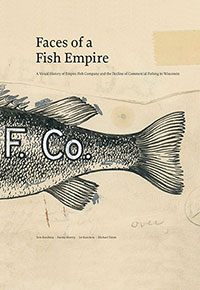The editors of our magazine Chilango (our city guide for Mexico City, much like New York Magazine serves the Big Apple), asked me to write a review of Ashes and Snow, the photography show that arrived in Manhattan three years ago, since I had seen it then. Following is my review in English. The nomadic museum appears in the historic Zócalo, the main plaza of downtown Mexico City in front of the cathedral.
Photographer Gregory Colbert says of his portraits of humans and animals, “In exploring the shared language of all animals, I am working towards rediscovering the common ground that once existed when people lived in harmony with animals. The images depict a world that is without beginning or end, here or there, past or present.”
Ashes and Snow debuted in New York City in 2005 with much fanfare as the art show to see that spring. The impressive, simple beauty of the 10-foot-wide sepia-toned photos each juxtapose exotic animals with native people from places such as India, Egypt and Kenya: a young boy reading in front of a reclined elephant, a hawk flying above a dancing woman in an all-white robe, the artist swimming alongside two whales, or a Buddhist monk meditating with elephants an Indian temple. The photos present a dreamy, ideal relationship with the animal world.
The New York Times critic Roberta Smith panned the show calling it a “vanity production” and “National Geographic cultural tourism” and ultimately criticized it for its “colonial” view of exotic locations and people. Click here to read it (in English). While I really enjoyed the show and find the portraits to be an important counterpoint to our hectic, urban daily lives, she makes a good point, if a bit strong. For Chilangos (the people that live here in Mexico City), it is an excellent opportunity to escape the pollution and traffic of this city of 22 million people, especially since it is free.
Stephen Colbert’s Nomadic Museum travels as a standalone building made out of a checkerboard of steel shipping containers with a tent-like roof. When you enter this temporary “building,” visitors walk alongside recycled cardboard columns framing a central, wooden walkway. The large-format photos hang from the high ceilings above floors of crushed stone on either side. The intensely lit photos contrast against the dramatic darkness of the museum. The photo’s shadows cast upon the textured stone floors below themselves become pieces of art. At the end of the long walkway, visitors can linger in the film gallery. The accompanying music adds to the exotic nature of the show at first and then detracts as you listen closely to the narrative, as the words come across as overly dramatic.







